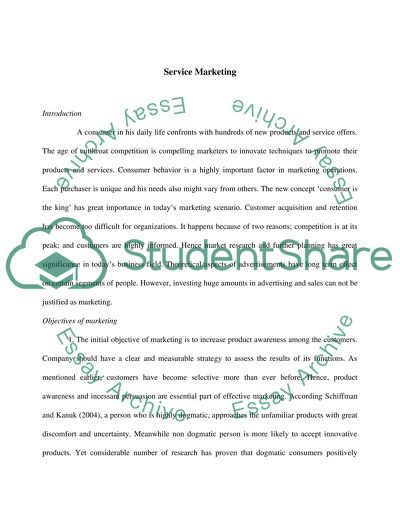Cite this document
(Service Marketing, Objectives, Strategies and Planning Case Study, n.d.)
Service Marketing, Objectives, Strategies and Planning Case Study. Retrieved from https://studentshare.org/marketing/1556732-service-marketing
Service Marketing, Objectives, Strategies and Planning Case Study. Retrieved from https://studentshare.org/marketing/1556732-service-marketing
(Service Marketing, Objectives, Strategies and Planning Case Study)
Service Marketing, Objectives, Strategies and Planning Case Study. https://studentshare.org/marketing/1556732-service-marketing.
Service Marketing, Objectives, Strategies and Planning Case Study. https://studentshare.org/marketing/1556732-service-marketing.
“Service Marketing, Objectives, Strategies and Planning Case Study”, n.d. https://studentshare.org/marketing/1556732-service-marketing.


